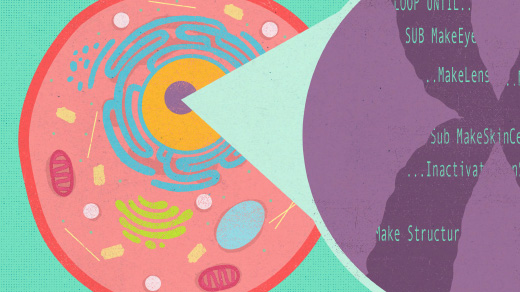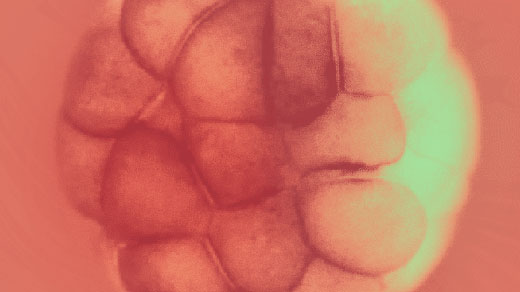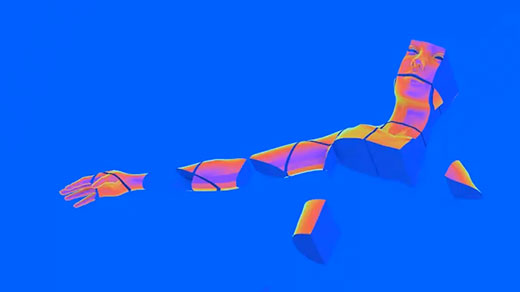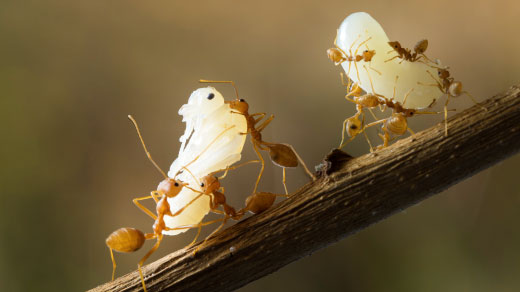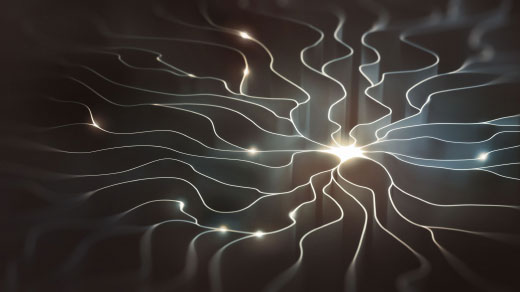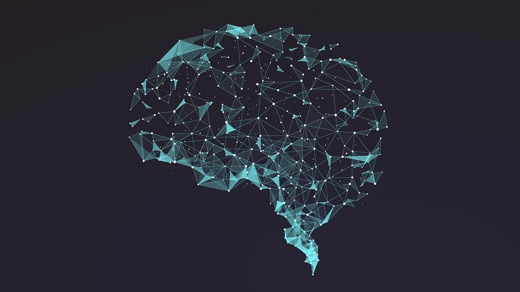What's up in
Biology
Latest Articles
Solution: ‘The DNA Computer Program’
Computer code serves as a useful analogy for what our genes do, but the complexity and messiness of life go well beyond simple analogies and mathematical models.
Cell by Cell, Scientists Map the Genetic Steps as Eggs Become Animals
For the first time, researchers have traced the genetic programs that guide the development of each cell in early embryos. Surprisingly, even cells that start out different can end up the same.
Chronological Clues to Life’s Early History Lurk in Gene Transfers
To date the branches on the evolutionary tree of life, researchers are looking at horizontal gene transfers among ancient microorganisms, which once seemed only to muddle the record.
Cells Talk and Help One Another via Tiny Tube Networks
Long-overlooked “tunneling nanotubes” and other bridges between cells act as conduits for sharing RNA, proteins or even whole organelles.
How Many Genes Do Cells Need? Maybe Almost All of Them
An ambitious study in yeast shows that the health of cells depends on the highly intertwined effects of many genes, few of which can be deleted together without consequence.
The Elusive Calculus of Insects’ Altruism and Kin Selection
How the ultra-cooperative behavior of ants, bees and other social insects could have evolved continues to challenge formal analysis. But a new theory about hedging bets against nature’s unpredictability may change the math and shift the debate.
How the DNA Computer Program Makes You and Me
Can a set of simple instructions produce complex, three-dimensional living structures?
New Brain Maps With Unmatched Detail May Change Neuroscience
A technique based on genetic bar codes can easily map the connections of individual brain cells in unprecedented numbers. Unexpected complexity in the visual system is only the first secret it has revealed.
Brains Cling to Old Habits When Learning New Tricks
Using a brain-computer interface, scientists are beginning to learn why learning is hard.
